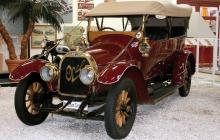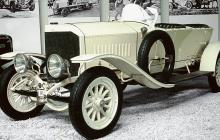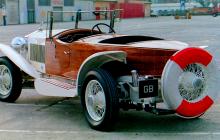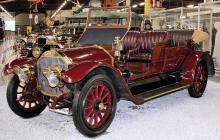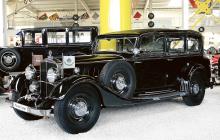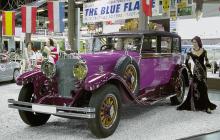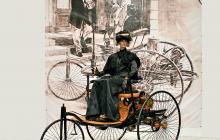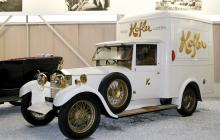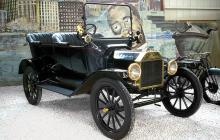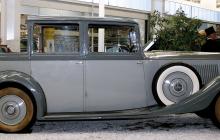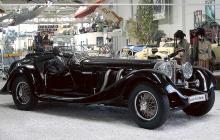Peugeot Vis-a-Vis
Like Benz, Daimler also had problems selling his cars in the beginning. Now it payed off for him that the development of a multipurpose motor had always come before designing an automobile. Although his steel-wheel vehicle on exhibition at the World Trade Fair in Paris in 1889 did not meet more interest than the three-wheeler by Benz, Daimler was successful in establishing business connections with the French industrialists Panhard & Levassor. This was the beginning of their licensed construction of Daimler motors which were used not only for vehicies manufactured by Panhard & Levassor but also in cars of other French automobile pioneers like Peugeot.
The Peugeot “vis-à-vis“ at the Technik Museum Sinsheim was one of the very first French automobiles and is one of the oldest cars of the classical-cars-collection. The name “vis-à-vis“ describes the seat position, where the passengers were sitting facing each other, i.e. face to face, which is the actual meaning of “vis-à-vis“. Until 1896, the vehicle was powered by a 1,026 ccm V2-cylinder Daimler engine with 2.5 hp. Afterwards a flat two cylinder twin engine by Peugeot was used. The car frame also served as water tank. The power transmission with cone clutch and a 4-speed gearbox was quite advanced for its time.

